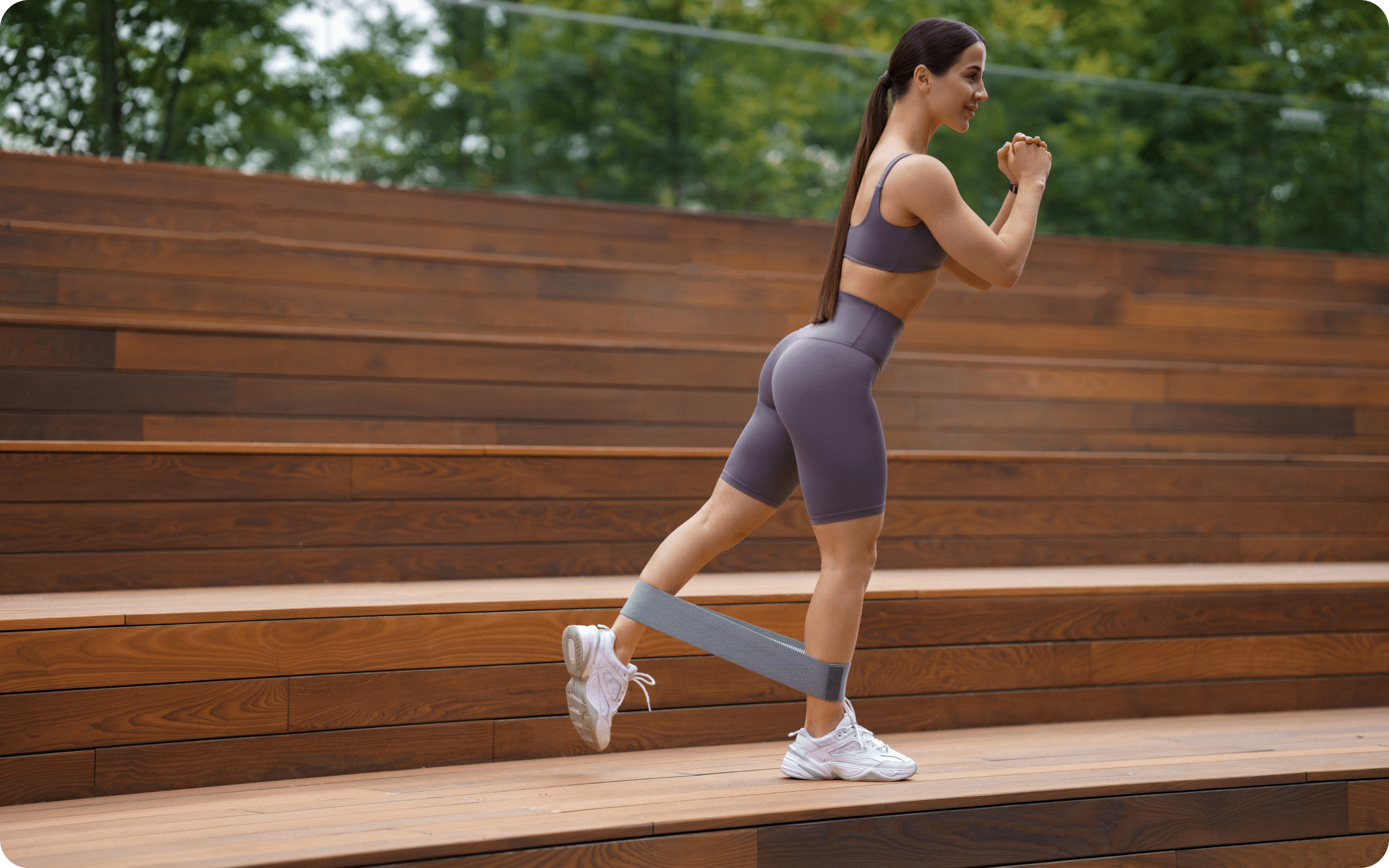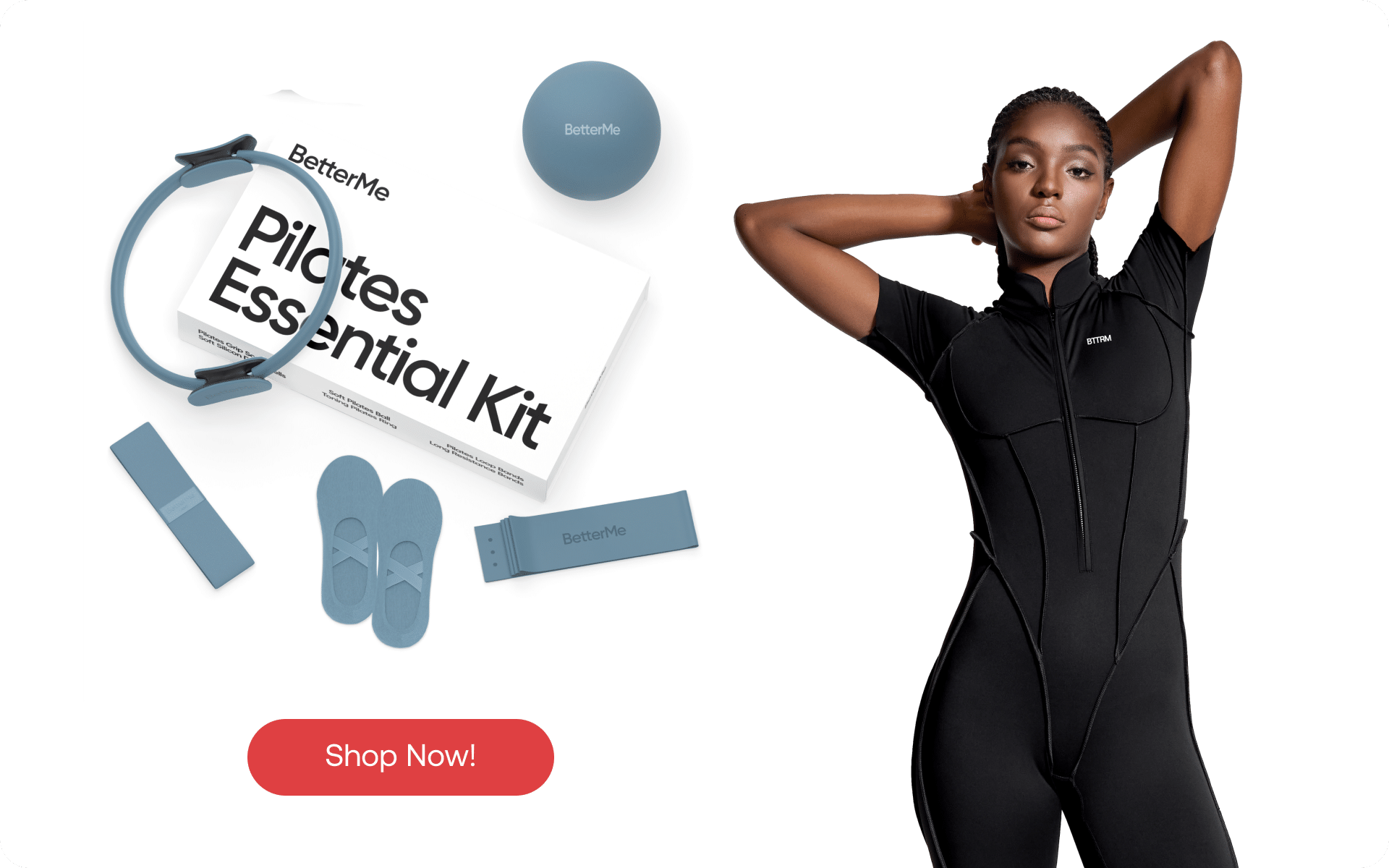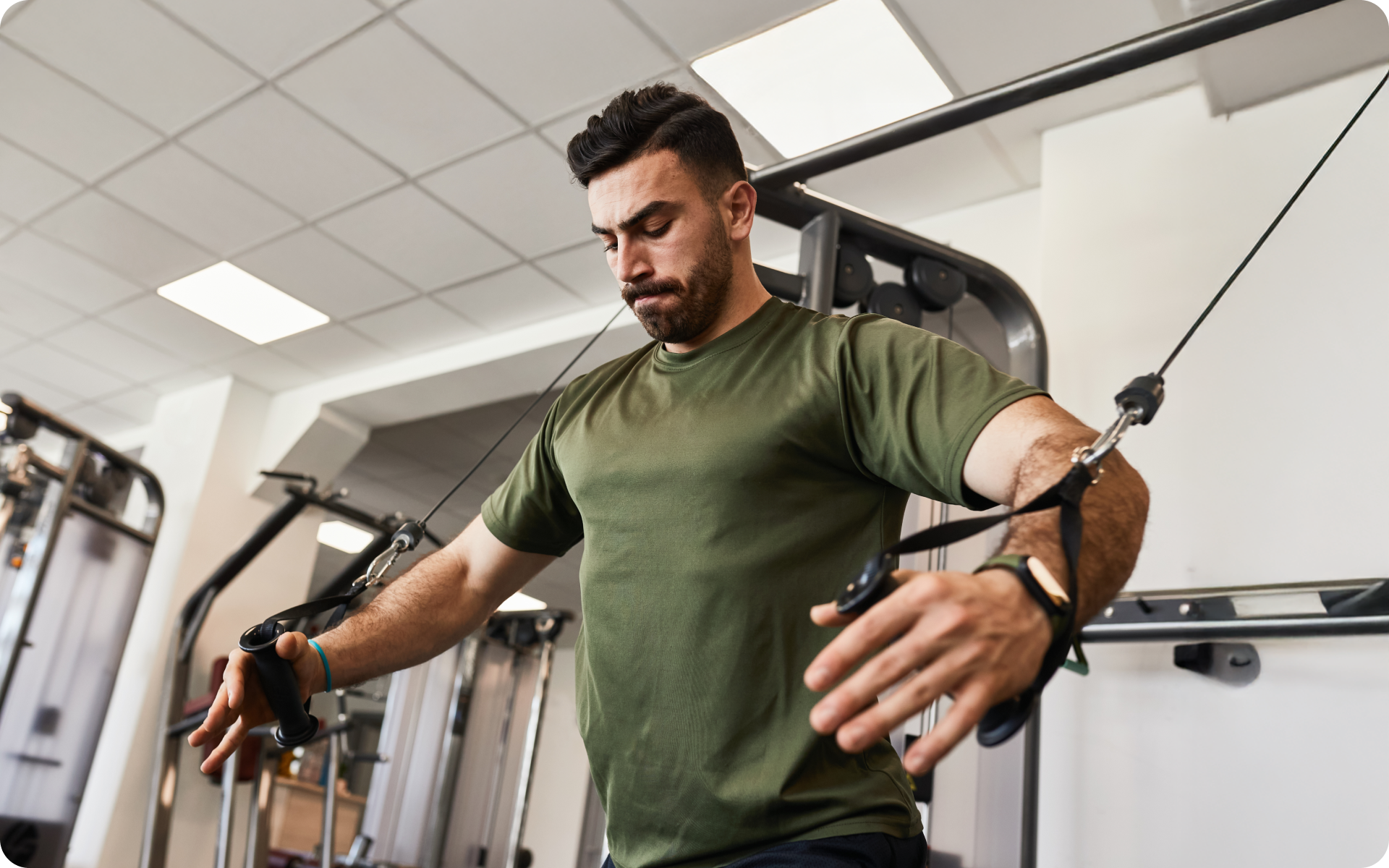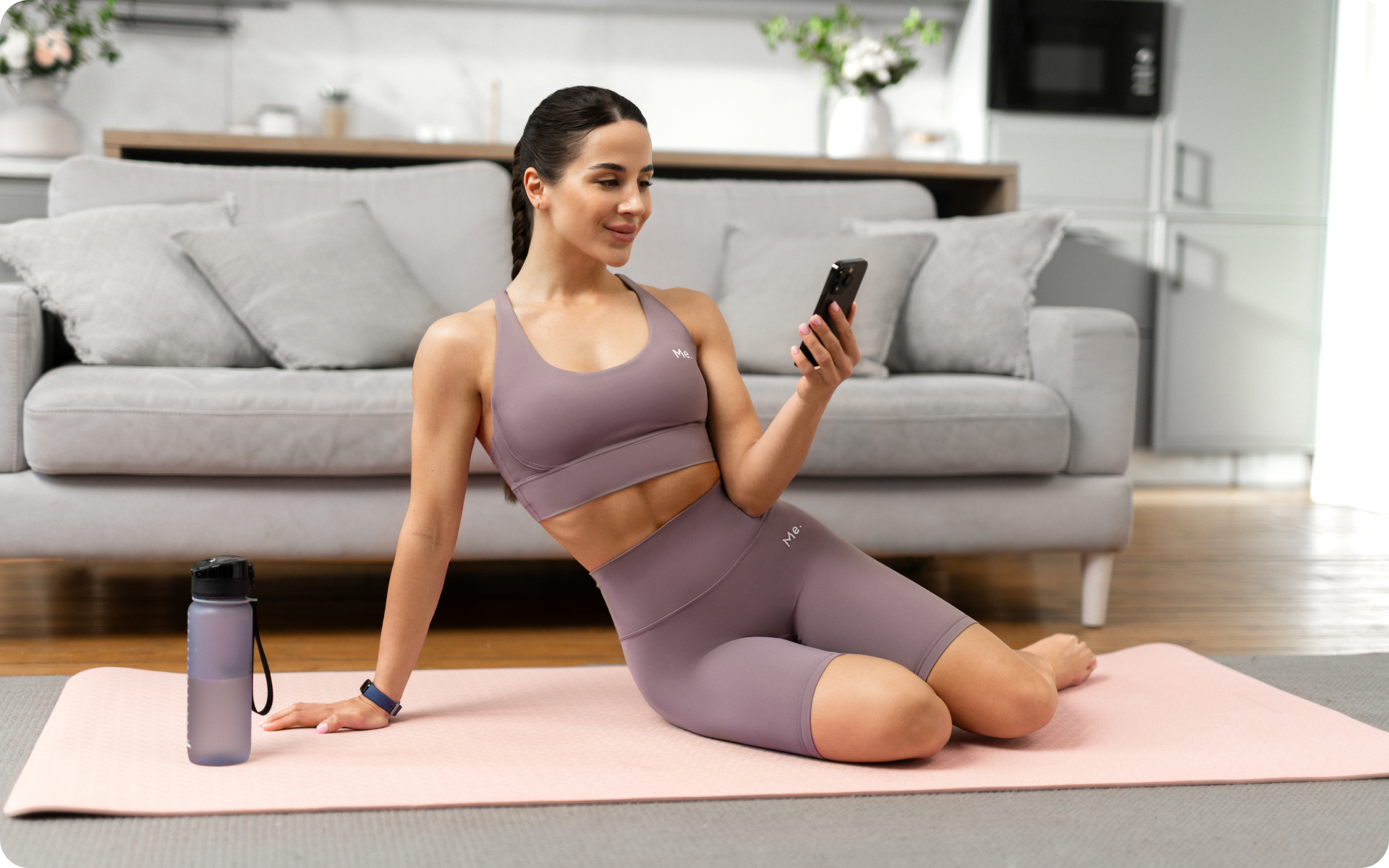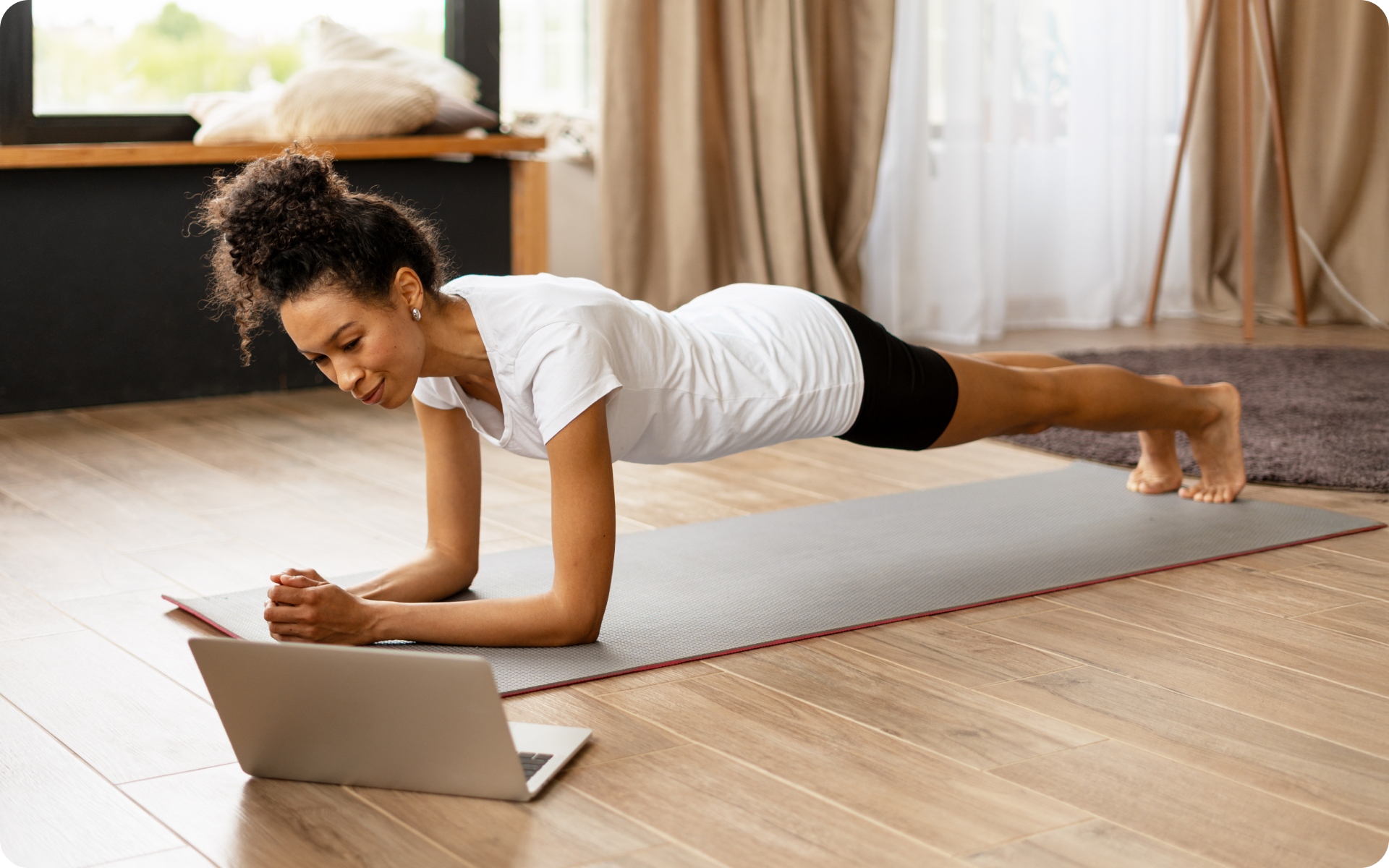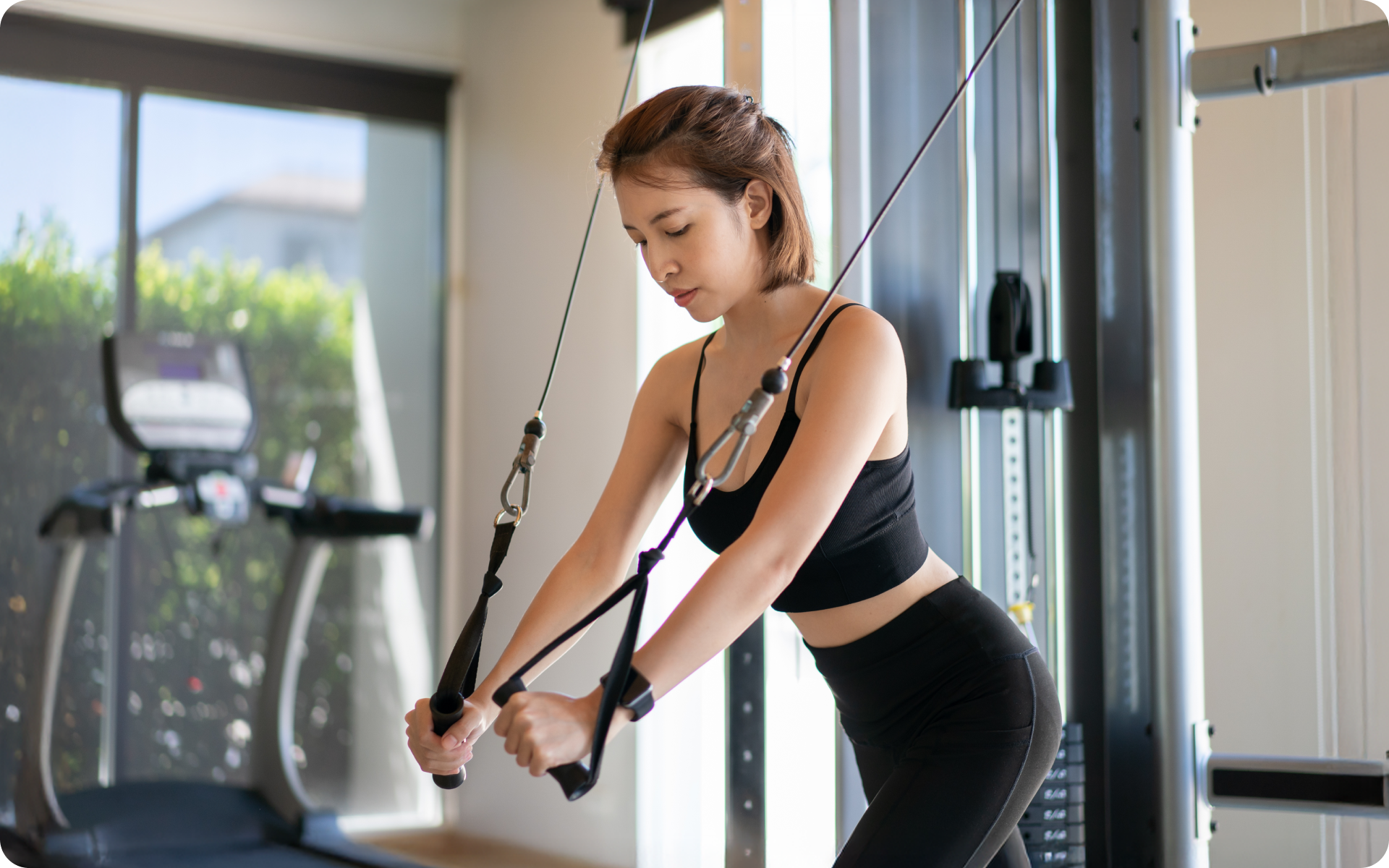If you’re time-poor, or you don’t like the gym, working out at home is a great alternative. But you may wonder—is it as effective as going to the gym? The answer is a yes! You can get all the benefits of resistance training by working out at home. In fact, there are some advantages to working out at home that you may not have considered. For beginners, this article will explore what exactly resistance training is, how it differs from other types of exercise, and why it’s so beneficial. We’ll also provide some tips on how to get started with a resistance training program at home.
So, What Is Resistance Training?
Resistance training is any type of exercise that works against a force. This can be either your own bodyweight, or external weights like dumbbells or kettlebells.
The key to resistance training is progressive overload. This means over time gradually increasing the amount of weight or resistance that you’re working against. This forces your muscles to adapt and grow stronger.
There are many different types of resistance training exercises, but some of the most common are lifting weights, using resistance bands, and bodyweight exercises like push-ups and squats.
Why Is Resistance Training So Beneficial?
There are many reasons why you should include resistance training in your workout routine, irregardless of your fitness goals. Some of the most important benefits of resistance training include:
Get Leaner
A lean physique isn’t only visually appealing, but it’s also healthier. Excess body fat puts you at a higher risk for conditions like heart disease, stroke, and diabetes (3).
Resistance training helps you lose fat and build lean muscle. This is because muscle is more metabolically active than fat, meaning it burns more calories even at rest. The more muscle you have, the more calories you’ll burn, even when you’re not working out!
Build Bigger Muscles
Using heavy weights and low reps is the best way to build bigger muscles. If you’re looking to add some serious size, then resistance training is a must (3).
Of course, you don’t have to lift heavy weights to see results. Even using lighter weights or your own bodyweight can help you build bigger muscles—it just might take longer.
Get Stronger
The obvious benefit of resistance training is that it makes you stronger (3). But did you know that strength isn’t just physical? Think of that time when you had to lift a heavy suitcase into the overhead compartment on a plane. Or when you had to move some furniture around your house.
Being strong not only helps you perform these activities with ease, but it also reduces your risk of injury. Strong muscles can better support your joints and protect them from injury.
Read More: Full Body Resistance Band Workouts: Lose Weight And Gain Muscle
Build Endurance
Endurance is the ability to sustain physical activity for a prolonged period of time. It’s different from strength, which is the ability to exert maximal force.
While endurance and strength are different, they both rely on muscle tissue. This means that resistance training can help you build endurance as well as strength (3).
Having good endurance is important for activities like running, cycling, and swimming. It can also help you do everyday activities like carrying groceries or chasing after your kids without getting winded.
Improve Bone Density
Bone density begins to decline around the age of 30. This process is accelerated by factors like a sedentary lifestyle, unhealthy diet, smoking, and excessive alcohol consumption.
Osteoporosis is a condition characterized by low bone density and an increased risk of fractures (2). It’s most common in older adults, but it can also occur in younger people.
Resistance training can help improve bone density and reduce the risk of osteoporosis (3). When muscles contract, they put pressure on the bones they’re attached to. This pressure stimulates the cells that build new bone tissue.
In addition to improving bone density, resistance training can also help reduce the risk of fractures by making muscles stronger and increasing joint stability.
Boost Your Mood
Another great benefit of resistance training is that it can boost your mood. Exercise in general has been shown to improve mental health, but resistance training has additional benefits (1).
This type of exercise has been shown to increase levels of serotonin, dopamine, and norepinephrine—all of which are important neurotransmitters for mood regulation. If you’re feeling down, a resistance training workout may be just what you need!
Boost Flexibility And Range Of Motion
While most people think of resistance training as a way to build muscle and strength, it can also improve flexibility and range of motion (3).
When you lift weights, your muscles lengthen and contract. This helps to increase the range of motion around your joints, which can lead to better flexibility.
In addition, resistance training can help improve the flexibility of your tendons and ligaments. These are the tissues that connect your muscles to your bones and allow you to move your joints.
Improve Cognitive Function
Cognitive function refers to the brain’s ability to process information. This includes things like attention, memory, and decision-making.
As we age, our cognitive function may decline. This can be a normal part of aging, or it may be due to conditions like Alzheimer’s disease or dementia.
However, there’s evidence that resistance training can help improve cognitive function (3). This is thought to be due to the increased blood flow and oxygenation that occurs during exercise.
BetterMe app is a foolproof way to go from zero to a weight loss hero in a safe and sustainable way! What are you waiting for? Start transforming your body now!
Improve Posture
Poor posture can lead to pain in the neck, shoulders, and back. It can also cause headaches, fatigue, and difficulty breathing.
One of the best ways to improve posture is to strengthen the muscles that support your spine. This includes the muscles in your core, back, and shoulders.
Resistance training can help strengthen these muscles, which can lead to better posture and fewer pains and aches (3).
How To Do Resistance Training At Home?
Now that we’ve explored some of the benefits of resistance training, let’s take a look at how you can get started with a program at home.
Step 1 – Finding The Right Equipment
To do resistance training at home, you don’t need a lot of equipment. In fact, you can use your own body weight for many exercises.
However, there are a few pieces of equipment that can be helpful:
- Dumbbells – These come in a variety of sizes and can be used for a wide range of exercises.
- Kettlebells – These are weights with a handle on the top. They’re great for exercises that involve swinging or pressing movements.
- Resistance Bands – These are stretchy bands that come in different levels of resistance. They’re great for exercises that involve pulling or stretching motions.
Instead of buying all of this equipment, you may want to improvise and use things like soup cans, water bottles, or even sandbags for weight.
You may also find the following items helpful:
- an exercise mat – This will help make exercises like crunches more comfortable.
- a stability ball – This can be used for a variety of exercises, including crunches, chest presses, and push-ups.
- a chair or bench – This can be used for exercises like tricep dips and step-ups.
Step 2 – Choose The Right Exercises
When you’re starting out, it’s important to choose exercises that are appropriate for your fitness level. A typical resistance training routine consists of:
Warm Up
Warming up is a crucial part of any workout (4). This increases blood flow to your muscles and prepares your body for exercise.
A simple warm-up routine may involve:
- jogging in place for 5-10 minutes
- skipping for 5-10 minutes
- doing 10-15 reps of each of the following exercises: arm swings, leg swings, trunk rotations, and head rolls
Dynamic Stretching
Once you’ve gotten your muscles nice and warm, it’s time to do some dynamic stretching. This is a type of stretching that involves moving your body through a full range of motion.
Any movements that involve swinging or rocking your body from side to side are great for dynamic stretching. Examples include:
- arm circles
- leg swings
- trunk rotations
Main Set
The main set is where you’ll do the bulk of your resistance training. This is the time to focus on exercises that target the muscles you want to work.
If you’re new to resistance training, start with 2-3 sets of 8-12 reps for each exercise. As you get stronger, you can increase the number of sets and reps.
Read More: Resistance Band Shoulder Exercises For Beginners
Some ideal full body resistance training exercises include:
Lunges
Lunges target the muscles in your legs, including your quads, hamstrings, and glutes.
To do a lunge:
- Stand with your feet hip-width apart.
- Step forward with your right leg and lower your body until your left knee is about an inch from the ground.
- Push back up to the starting position. Repeat with your left leg.
Squat To Overhead Raise
This combination exercise works your legs, core, and shoulders.
To do a squat to overhead raise:
- Stand with your feet shoulder-width apart and hold a dumbbell in each hand.
- Lower your body into a squat position.
- As you stand back up, raise your arms straight above your head.
- Lower your arms back down to the starting position and repeat.
Planks
Planks are a great exercise for your core muscles, including your abs, obliques, and lower back.
To do a plank:
- Lie face down on an exercise mat.
- Prop yourself up on your elbows and toes.
- Keep your body in a straight line from your head to your heels.
- Hold this position for 30-60 seconds.
Push-Ups
Push-ups are a classic exercise that works your chest, shoulders, triceps, and core.
To do a push-up:
- Start in a plank position with your hands shoulder-width apart.
- Lower your body down until your chest is about an inch from the ground.
- Push back up to the starting position. Repeat.
Resistance Band Rows
This exercise works your back and biceps.
To do a resistance band row:
- Secure a resistance band around a sturdy post.
- Hold the band with your palms facing down and step back until there is tension on the band.
- Keeping your back straight, pull the band towards your chest. Return to the starting position and repeat.
Intense sweat sessions, working weight loss tips, lip-smacking recipes come in one package with the BetterMe app. And all of it is at your fingertips, start transforming your life now!
Resistance Band Leg Press
This exercise works your quads and glutes.
To do a resistance band leg press:
- Lie down on your back and lift your feet off the ground. Place a resistance band around your raised feet while your knees are bent at a 90-degree angle.
- Holding the band in place, press your feet away from your body. Return to the starting position and repeat
Cool Down And Stretch
After you’ve completed your main set of exercises, it’s time to cool down. This helps to gradually reduce your heart rate and prevent blood from pooling in your muscles (4).
A cool down routine may involve:
- jogging in place for 5 minutes
- static stretching for 10-15 minutes
Static stretching is a type of stretching that involves holding a position for 30 seconds or more. It’s important not to do static stretches until your muscles are warm.
Some great static stretches to include in your cool down routine are:
- hamstring stretch
- calf stretch
- quad stretch
- chest stretch
- shoulder stretch
You can also do a cool down routine that involves walking for 5-10 minutes.
The above exercises are just a few examples of resistance training exercises that you can do at home. With a little creativity, you can come up with all sorts of different workout routines. Just make sure to focus on full body movements and to always warm up and cool down properly.
The Bottom Line
Resistance training at home can be a great way to get all the benefits of a traditional gym workout without having to go to the gym. All you need is some basic equipment and a little bit of space. Start slowly and focus on full body movements. As you get stronger, you can increase the number of sets and reps. And don’t forget to warm up and cool down properly.
DISCLAIMER:
This article is intended for general informational purposes only and does not serve to address individual circumstances. It is not a substitute for professional advice or help and should not be relied on for making any kind of decision-making. Any action taken as a direct or indirect result of the information in this article is entirely at your own risk and is your sole responsibility.
BetterMe, its content staff, and its medical advisors accept no responsibility for inaccuracies, errors, misstatements, inconsistencies, or omissions and specifically disclaim any liability, loss or risk, personal, professional or otherwise, which may be incurred as a consequence, directly or indirectly, of the use and/or application of any content.
You should always seek the advice of your physician or other qualified health provider with any questions you may have regarding a medical condition or your specific situation. Never disregard professional medical advice or delay seeking it because of BetterMe content. If you suspect or think you may have a medical emergency, call your doctor.
SOURCES:
- Exercise for Mental Health (2006, nih.gov)
- Osteoporosis Overview (2019, nih.gov)
- Resistance training – health benefits (2022, betterhealth.vic.gov.au)
- Why Warming Up and Cooling Down is Important (n.d., tricitymed.org)


